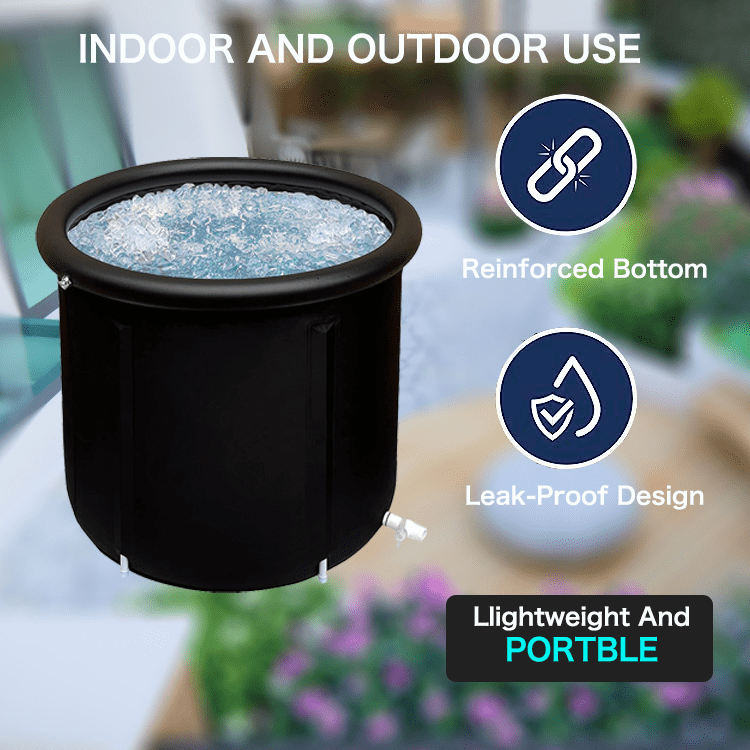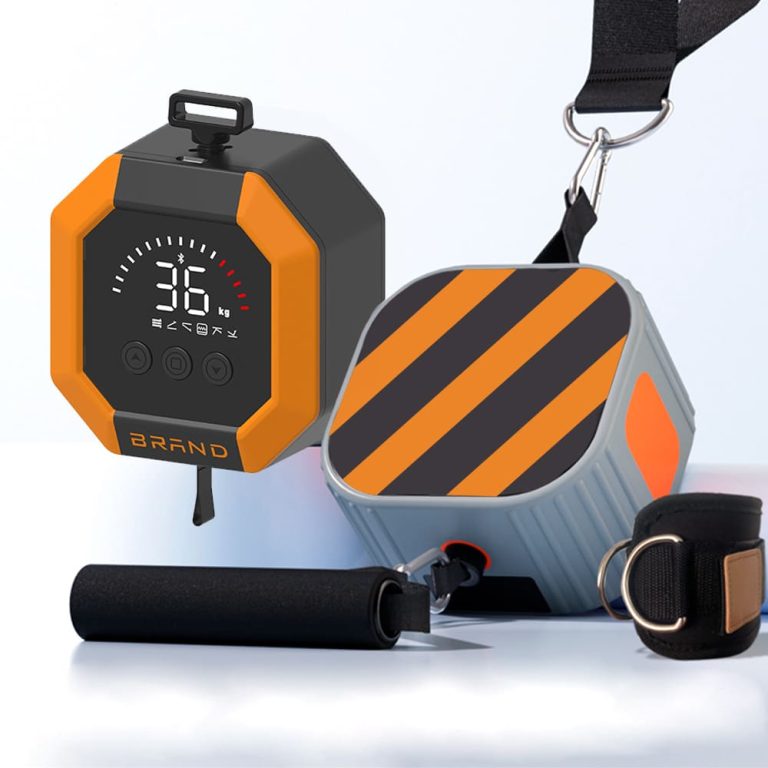Los beneficios de los baños de hielo para los deportistas: cómo maximizar la recuperación y el rendimiento

Los baños de hielo son una herramienta de recuperación popular entre los atletas, ya que pueden ayudar a reducir el dolor muscular, mejorar el rendimiento y acelerar el tiempo de recuperación. Si bien los beneficios de los baños de hielo son bien conocidos, muchos deportistas desconocen cómo maximizar su recuperación y rendimiento con esta técnica. Este artículo proporcionará una descripción general de los beneficios de los baños de hielo para los deportistas, así como consejos sobre cómo maximizar su eficacia.
El principal beneficio de los baños de hielo para los atletas es que pueden reducir el dolor y la inflamación muscular. Los baños de hielo pueden ayudar a reducir la cantidad de ácido láctico acumulado en los músculos, lo que puede provocar dolor y fatiga. Además, las bajas temperaturas del baño de hielo pueden ayudar a reducir la inflamación, lo que puede ayudar a reducir el dolor y mejorar el tiempo de recuperación.
Los baños de hielo también pueden ayudar a mejorar el rendimiento. Las frías temperaturas del baño de hielo pueden ayudar a reducir la fatiga y mejorar la potencia y la resistencia muscular. Además, las temperaturas frías pueden ayudar a reducir el riesgo de lesiones, ya que pueden ayudar a reducir la tensión muscular y mejorar la flexibilidad.
Finalmente, los baños de hielo pueden ayudar a acelerar el tiempo de recuperación. Las bajas temperaturas del baño de hielo pueden ayudar a reducir la inflamación y la hinchazón, lo que puede ayudar a reducir el tiempo de recuperación. Además, las temperaturas frías pueden ayudar a reducir la tensión muscular y mejorar la circulación, lo que puede ayudar a acelerar el proceso de curación.
Para maximizar los beneficios de los baños de hielo para los deportistas, es importante seguir unos sencillos consejos. En primer lugar, es importante asegurarse de que la temperatura del agua sea lo suficientemente fría para que sea eficaz. Generalmente, el agua debe estar entre 50 y 60 grados Fahrenheit. Además, es importante limitar el tiempo que se pasa en el baño de hielo a entre 10 y 15 minutos. Finalmente, es importante asegurarse de que el cuerpo esté adecuadamente calentado antes de entrar al baño de hielo, ya que esto puede ayudar a reducir el riesgo de lesiones.
En conclusión, los baños de hielo son una herramienta de recuperación popular entre los atletas, ya que pueden ayudar a reducir el dolor muscular, mejorar el rendimiento y acelerar el tiempo de recuperación. Para maximizar los beneficios de los baños de hielo, es importante asegurarse de que la temperatura del agua sea lo suficientemente fría, limitar el tiempo que se pasa en el baño de hielo y asegurarse de que el cuerpo esté adecuadamente calentado antes de entrar al baño de hielo. Siguiendo estos consejos, los deportistas pueden maximizar los beneficios de los baños de hielo y mejorar su rendimiento y recuperación.
La ciencia detrás de los baños de hielo: exploración de los efectos fisiológicos en los atletas
Los baños de hielo, o inmersión en agua fría, se han convertido en los últimos años en una herramienta de recuperación popular entre los deportistas. Si bien esta práctica existe desde hace siglos, la ciencia detrás de ella aún se está explorando. Este artículo explorará los efectos fisiológicos de los baños de hielo en los atletas y cómo se pueden utilizar para mejorar el rendimiento.
El principal efecto fisiológico de un baño de hielo es una disminución de la temperatura corporal. Cuando el cuerpo se expone al agua fría, responde contrayendo los vasos sanguíneos de la piel y reduciendo el flujo de sangre a las extremidades. Esto ayuda a reducir la temperatura general del cuerpo y puede ayudar a reducir la inflamación y el dolor muscular.
Además de reducir la temperatura corporal, los baños de hielo también pueden ayudar a reducir la fatiga muscular. Cuando el cuerpo se expone al agua fría, se desencadena un proceso llamado vasoconstricción. Este proceso hace que los vasos sanguíneos se contraigan, lo que reduce la cantidad de oxígeno y nutrientes que pueden llegar a los músculos. Esto puede ayudar a reducir la cantidad de fatiga que experimentan los atletas después de un entrenamiento.
Finalmente, los baños de hielo también pueden ayudar a reducir el riesgo de lesiones. La inmersión en agua fría puede ayudar a reducir el riesgo de distensiones y desgarros musculares al reducir la cantidad de inflamación en los músculos. Esto puede ayudar a reducir el riesgo de lesiones y mejorar el rendimiento general.
En general, los baños de hielo pueden ser una herramienta útil para los atletas que buscan mejorar su rendimiento y reducir el riesgo de lesiones. Al reducir la temperatura corporal, reducir la fatiga muscular y reducir la inflamación, los baños de hielo pueden ayudar a los atletas a recuperarse más rápido y rendir mejor.





